From Novice to Expert- Mooring 101: The Complete Guide to Mooring Your Boat Correctly
17. August, 2023
How to Moor a Boat Correctly? Mooring, securing a boat to a dock or another stationary structure, is a fundamental skill for any boat charterer, boat owner, boating enthusiast or skipper. Whether you're a novice setting sail for the first time or an experienced sailor looking to refine your mooring technique, mastering this skill is crucial for the safety of your vessel and those on board. This comprehensive guide takes you through the step-by-step process of mooring your boat correctly, ensuring a safe and hassle-free experience every time.
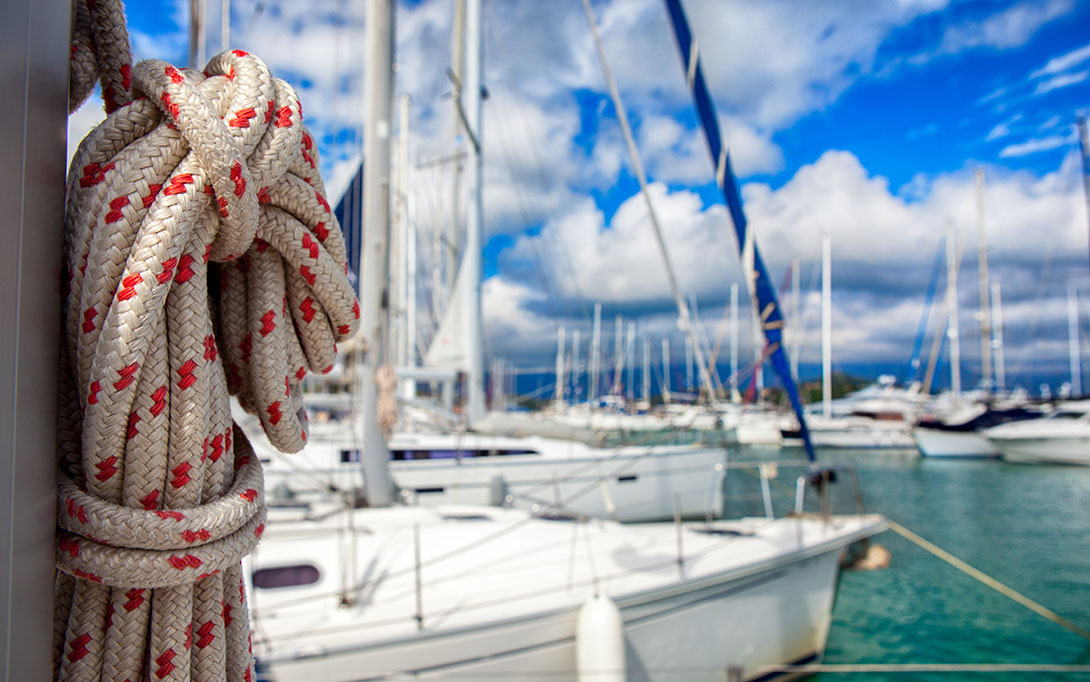
Most common type of moorings in the Adriatic:
These are made up of a rope attached to a concrete mooring block, also known as a sinker, leading to a pier or buoy. There are many distinct kinds of moorings. However, the following are the ones that are most frequently seen:
Moorings on the pier: are created by running a rope from a concrete mooring block to the dock itself. These two ropes have been linked together, with the sinker end having a thicker rope, and the pier end having a thinner rope.
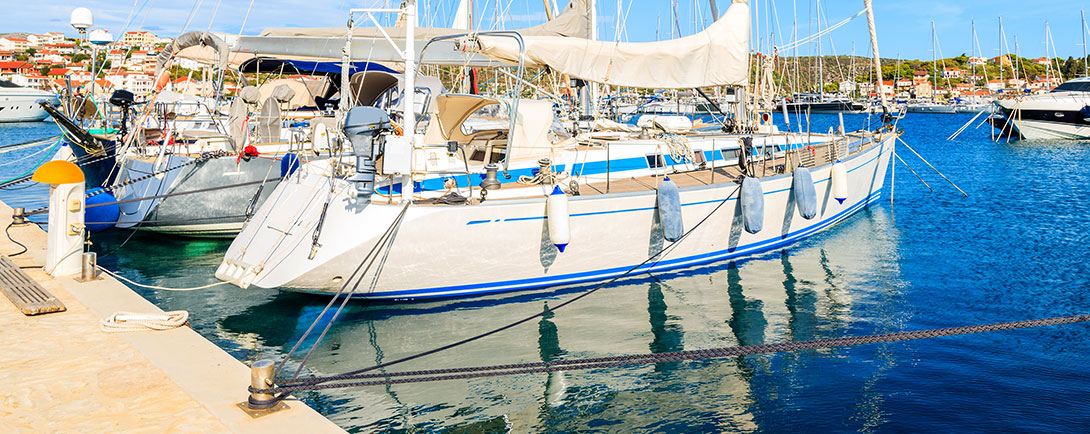
Mooring buoy: the concrete mooring block on the seabed is connected to the buoy by a rope that runs up to the buoy. There is a fundamental similarity between the two distinct mooring methods; the main difference lies in the component that anchors the rope to the ocean floor and the direction in which it runs.
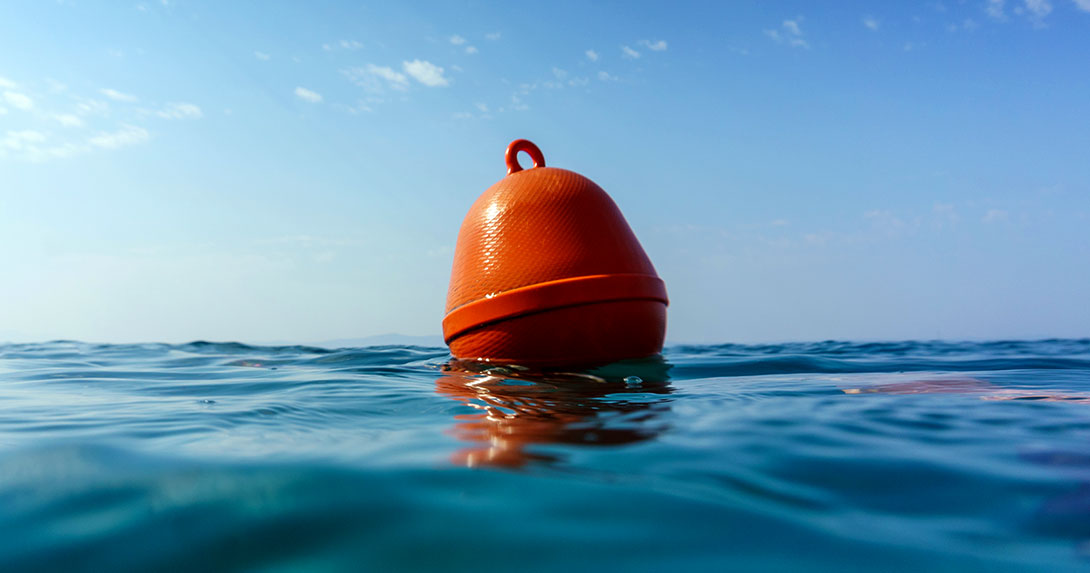
Some sailors say mooring your boat at a buoy is the best way to spend the night in a bay. With the buoys being further apart, you can afford a certain degree of romance and privacy at a bay. However, there is a possible danger that the ropes connecting the buoy to the concrete mooring block may be in bad shape, which could cause the boat to rock heavily and detach in rough weather. It's best to avoid docking at such a location during stormy weather. A safer option would be to use the moorings on a marina's pier.
If you're looking to moor at a buoy in a bay, here are some helpful tips:
Moorings are commonly used to secure boats to buoys, especially in areas where traditional dock facilities are unavailable. Mooring to a buoy involves attaching your boat using appropriate lines and knots. Here's a general step-by-step guide:
Step 1: When approaching a buoy, it is essential to do so slowly and carefully, considering factors such as wind, currents, and other nearby boats. It is recommended to approach from the leeward side, which is the side away from the wind, to make the process smoother.
Step 2: Prepare Your Mooring Lines. You must have your mooring lines ready and well-organized on the deck. These lines are constructed from durable, resilient materials that can withstand the force of wind and waves.
Step 3: Approach the buoy and use a boat hook or similar tool to grab its mooring line or loop. However, be careful and avoid getting your fingers caught or pinched.
Step 4: When mooring your boat, you must use a secure knot to tie the mooring line. You have a variety of knots to choose from, including the cleat hitch, round turn with two half hitches, or bowline knot. However, you must ensure that the knot you select is firmly fastened and adequately secured. Failure to do so could result in severe consequences.

Step 5: Adjust tension to ensure your boat remains securely fastened to the buoy. It is crucial to adjust the tension on the mooring line properly. Adjust the pressure on the mooring line to ensure your boat stays safely alongside the buoy without being too loose or taut. The line should have some flexibility to accommodate tide and wave conditions changes.
Step 6: Depending on the buoy setup, you may need to attach extra mooring lines to different points on your boat and the buoy to help stabilize your boat and prevent excessive swinging around the buoy. Be sure to follow the appropriate instructions for your specific buoy setup.
Step 7: Inspect and Test. Double-check all knots, lines, and attachments to ensure they are secure. Give the boat a gentle push to test how it responds to the mooring. Make any necessary adjustments to ensure everything is in proper working order.
Step 8: Utilize fenders to make sure your boat doesn't get damaged. It is highly advised to utilize fenders as a buffer between the vessel and the buoy, preventing any unwanted contact or damage.
During your stay, monitoring your mooring to ensure its safety is essential. Regularly check the lines and knots to ensure they are secure, and adjust them accordingly if conditions change.

It's important to note that mooring to a buoy requires skill and experience, especially in challenging weather or tidal conditions. If you need to familiarize yourself with the process, consider seeking assistance from experienced boaters or local experts. Always prioritize safety and take precautions to protect your boat and others in the area.
How to Moor a boat to a pier (docking)?
This involves safely securing your boat to the dock using ropes, lines, and fenders.
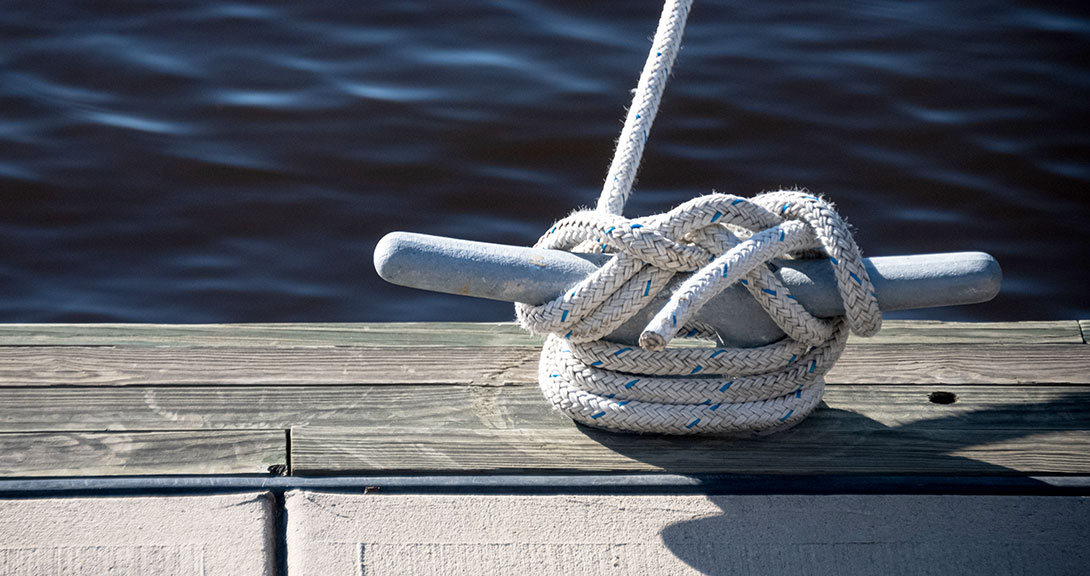
Here's a step-by-step guide on how to moor a boat on a pier:
Step 1: Approach the Pier. Approach the pier slowly and carefully, considering wind, current, and other boats in the area. Approach the dock at a shallow angle, not perpendicular, to make docking easier.
Step 2: Check the depth and type of the bottom. Being aware of the water's depth is crucial when navigating towards the pier. Sailors generally prefer to have a foot of water underneath their keel before embarking on their voyage, but we advise having a minimum of 1 metre when docking. Ensure that the seabed is secure by inspecting it. The seabed may have various objects, rocks or stones sticking out, and a sandy seabed can have dissimilar slopes. Keep the motor running throughout the manoeuvre. If you don't need it, keep it neutral, but never switch it off completely. Doing so leaves you room to intervene if you need to move off quickly, react, change direction or leave.
*** Note ***
It is surprisingly common for sailors to get the line tangled up in the propeller, whether it's a mooring line or sheet that has accidentally fallen overboard. The problem is that once anything gets wrapped around the propeller, the engine stops running, making berthing even more difficult.
Step 3: Assign Roles: If crew members or passengers are onboard, assign roles and clearly communicate the docking procedure. Designate someone to handle lines, someone to control the helm, and possibly someone to assist with fenders.
Step 4: Prepare Dock Lines and Fenders. Have your dock lines and fenders ready and neatly coiled on deck. Dock lines are strong ropes used to secure your boat to the pier, and fenders are protective cushions placed between your boat and the pier to prevent damage. As you get closer to the pier, deploy fenders on the side of your boat that will be against the pier. Fenders should be positioned at potential contact points to cushion the impact.
Step 5: Select a Cleat: Identify a sturdy cleat or bollard on the pier to which you'll attach your dock lines. Ideally, this cleat should be at a comfortable height for you to reach from your boat.
Step 6: Secure Bow Line First: Have a crew member on the bow ready to throw the bow line to someone on the pier. The pier attendant or crew member ashore should secure the bow line to the chosen cleat using a secure knot or hitch, such as a cleat hitch or a round turn with two half hitches.
Step 7: Secure Stern Line: Once the bow line is secure, move to the stern of the boat. Use your engine controls to bring the stern alongside the pier gently. Toss the stern line to someone on the dock, who will secure it to another cleat. Again, use a secure knot or hitch.
Step 8: Adjust Lines: Adjust the tension on both bow and stern lines to hold the boat securely against the pier. You may need to adjust the lines as tide, current, or wind conditions change. Depending on the conditions, using two or more lines for each cleat might be advisable, especially if the weather is rough or your boat is larger.
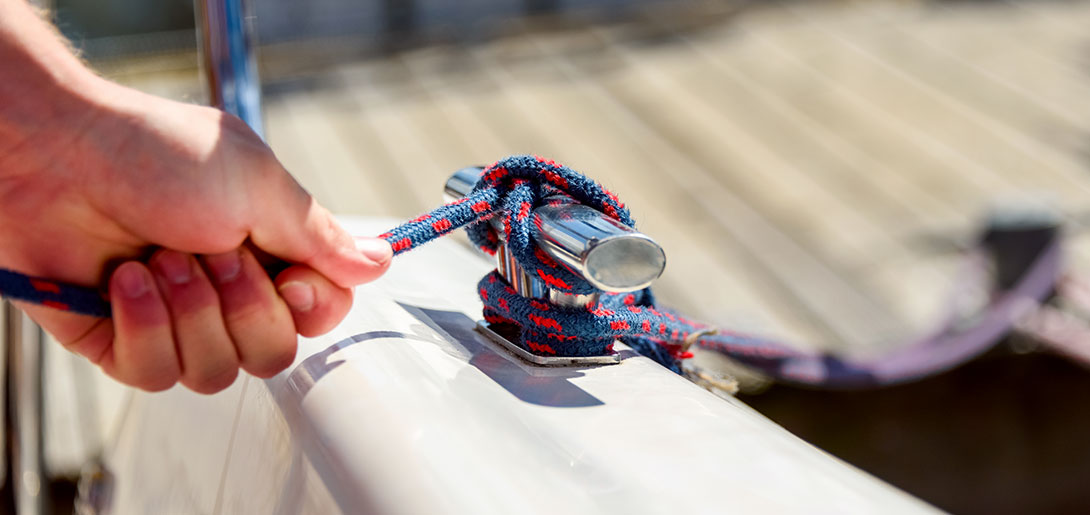
Step 9: Inspect and Secure: Double-check all lines, knots, and fenders to position them correctly. Make any necessary adjustments.
Step 10: Shut Off Engine: Once the boat is securely moored, shut off the engine(s) and put it in neutral or park. Disconnect shore power or other utilities if applicable.

Remember, docking a boat can be challenging, especially in adverse weather conditions or tight spaces. If you're unsure or inexperienced, practising in calm conditions or seeking guidance from experienced boaters or professionals is a good idea. Safety should always be the top priority when mooring your boat on a pier.
Mooring your boat correctly is a craft that combines technical skill with practical experience.
Charter Offers
Working Hours:
Mon - Fri 08:00h - 16:00h
For any questions
Kraljice Jelene 3, 23210 Biograd n/M
Croatia
VAT ID: 20598733460
ID: HR-AB-23-060130534, MB: 0650676



